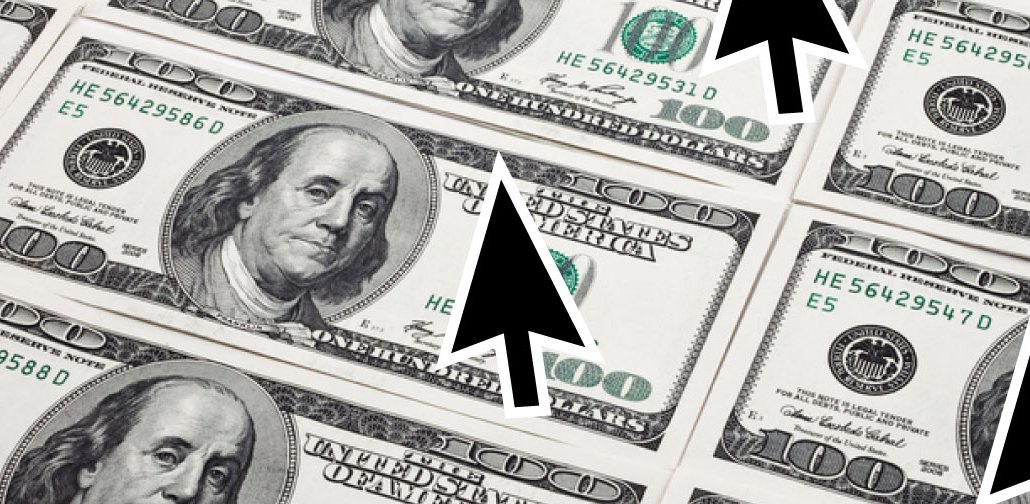
The pageview has become something of a symbol of all that’s wrong with digital media. And yet its death is very highly exaggerated since it’s the one Web metric publishers tend to gravitate to when grasping at what success looks like.
Gawker set off a bit of a tempest in a teacup when it came out in favor of paying writers based on the number of pageviews they generated. It proudly put a “big board” in its lobby to display each writer’s numbers. It reversed course in 2010 when it decided that pageviews were too easy to inflate and found its editors resorting to galleries and click-bait headlines. Instead, it started to base its performance goals on unique visitors attracted.
And now, in a new update, Gawker is trying to go beyond the pageview and start to take into account how much writers are paid. “We track costs — not revenues — by writer against uniques and share that data with site editors-in-chief,” said Scott Kidder, vp of operations at Gawker. Bottom line: If you’re getting a nice salary at a Gawker property, you better be producing the uniques.
None of this is surprising. This is the Chartbeat era. Newsrooms aren’t immune to the big data bug. When it can be tracked it will be tracked, and what gets tracked will be managed, as the MBA’s say. Other publications, including Complex and Forbes, are tinkering with compensation formulas tied to audience metrics. The crude measuring stick of pageviews is now passe, although not completely absent, in these formulas. (Digiday has a pool of $500 per month to reward reporters for the five most popular stories from that period, excluding listicles.)
Publications like Complex and Forbes are trying to come up with performance criteria for writers that guard against abuses yet still reward writers for attracting audiences and moving the business forward. Any performance metric is going to be anathema to the j-school professor crowd, but these publications say they’d prefer to exist rather than debate these kinds of issues. Editors at Complex, for instance, used to have pageview goals. Those remain, but they’re now paid based a percentage of the overall company revenue, in addition to other metrics.
“We’re developing different goals that will be about ratios of new visitors, frequency of visits, time spent on site,” said Rich Antoniello, Complex Media’s CEO. “What’s nice about that is it fits in with a more fair assessment of success of content but also correlates to the direction the business is moving.”
Despite a Cracked article stating BI had pageview quotas, Business Insider executives denied any “quota” exists for writers, an assertion two ex-staffers backed up that pay isn’t tied to pageviews. Instead, it measures performance based on a wide variety of audience factors well beyond simple quotas. High performance is typically rewarded with bonuses. BI does evaluate writers based on the readership they bring in, though that metric’s not in isolation.
“We don’t have quotas,” said BI’s president Julie Hansen. “We do pay attention to whether writers attract an audience. We do measure results.”
Forbes is also looking at other metrics beyond pageviews. According to sources at the publication, the company evaluates staff writers, who are salaried, every six months for bonuses based on eight different categories, some quantitative and some qualitative: number of magazine stories, number of scoops, quality of reporting, quality of writing, unique visitors, number of posts, number of Forbes followers and even the number of Twitter followers they have.
On top of that, writers can get quarterly bonuses based on engagement with readers: responding to their comments, gaining followers, hitting percentage increase of unique visitors beyond a baseline. Forbes contributors, who publish on Forbes.com, get paid on unique visitors.
“The bigger the audience, the more you get paid,” said a Forbes exec speaking on anonymity because the exec was not authorized to speak publicly. “The more loyal your audience — the more repeat visitors — the more you get paid.”
Image via Shutterstock
More in Media

Media Briefing: Publishers who bet on events and franchises this year are reaping the rewards
Tentpole events and franchises are helping publishers lock in advertising revenue.

With Firefly Image 3, Adobe aims to integrate more AI tools for various apps
New tools let people make images in seconds, create image backgrounds, replacing parts of an image and use reference images to create with AI.

Publishers revamp their newsletter offerings to engage audiences amid threat of AI and declining referral traffic
Publishers like Axios, Eater, the Guardian, theSkimm and Snopes are either growing or revamping their newsletter offerings to engage audiences as a wave of generative AI advancements increases the need for original content and referral traffic declines push publishers to find alternative ways to reach readers.





